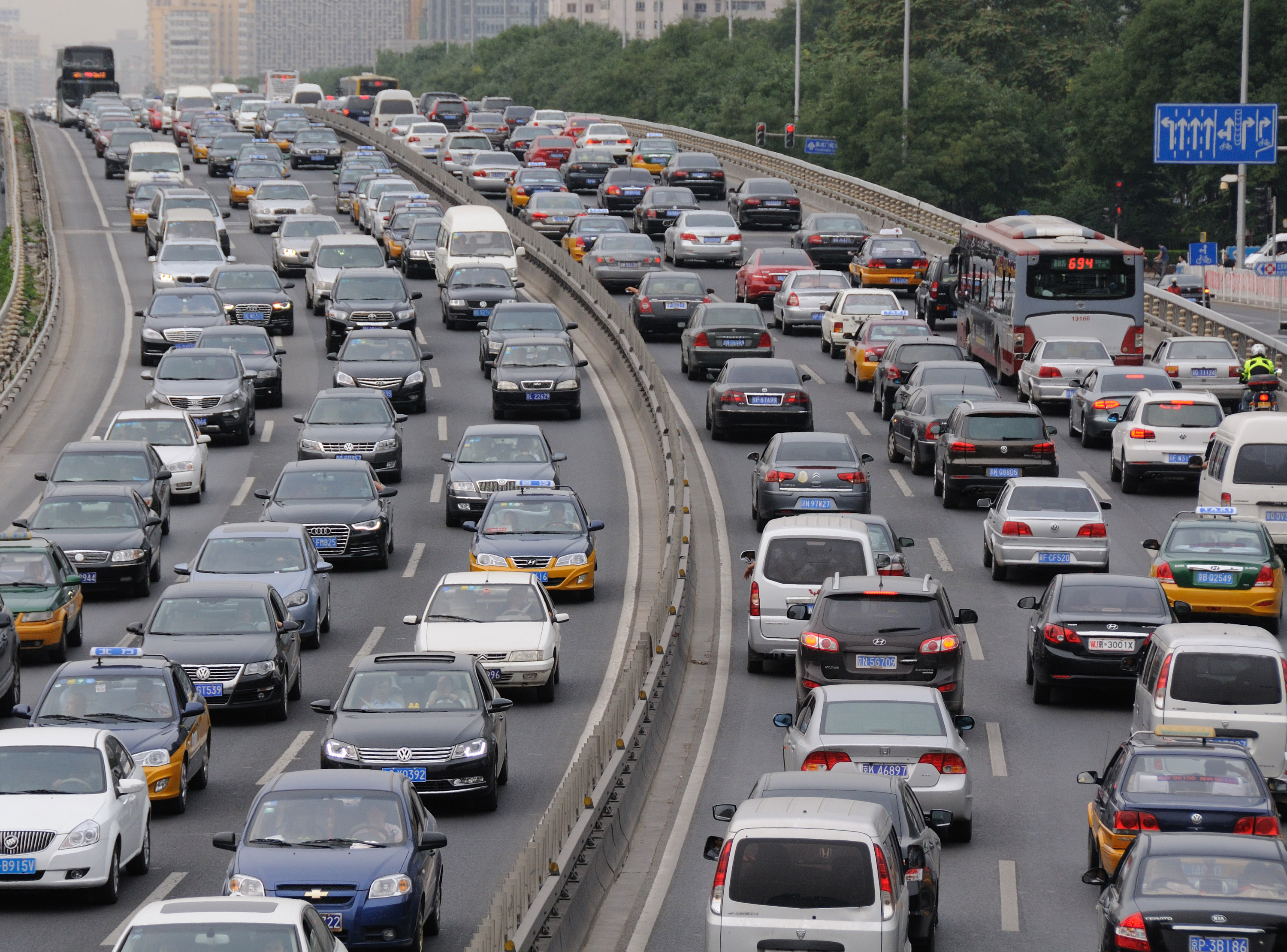
New tech is always well-intentioned, but good intentions are no longer good enough. Technology is advancing at an insane rate, often faster than lawmakers and the general public can keep up. Accordingly, by the time we realize the complex ripple-effect of a new technology, it’s so deeply embedded into our culture that there isn’t much we can do about it.
To suggest that we limit the progression of technology intentionally, or use some kind of quarantine, would make me seem like a Luddite, and reasonably so. But I do think it’s important that we spend more time thinking about the complicated and nuanced long-term effects of technologies, instead of merely focusing on their short-term and simple intentions.
Notably, I want us to observe and attempt to prevent the “cobra effect” that manifests with many technologies that purport to solve a problem in some simple way.
Ridesharing services actually increase traffic

Here’s a problem: there are too many cars on the road. Most major cities are highly congested, resulting in increased commute times, more carbon emissions, and general frustrations among the population. Public transportation mitigates some of these problems, but is lackluster in many areas and doesn’t serve individuals. Taxi cabs are suitable, but aren’t available everywhere and can be expensive.
Enter ridesharing services, which serve as a kind of carpooling/taxi hybrid. They serve individuals, make use of drivers already on the road, are less expensive than a typical cab, and in some cases, can shuttle multiple people at once. Hypothetically, this should greatly reduce the number of total cars on the road, right?
It turns out, the opposite is the case. As much as 62 percent of driving time for ridesharing service drivers is spent without a passenger, getting from hotspot to hotspot or waiting for a pickup. Depending on the city, total vehicle miles traveled (VMT) increases somewhere between a few percent (like in Seattle) and 13.4 percent (like in San Francisco). In other words, ridesharing services may be actively making traffic worse.
Cancer detection tech: no effect on mortality; huge increase in diagnoses

We can also look to health-related tech to see this effect. For example, cancer remains the second-most-common cause of death in the United States, and has been a perplexing medical challenge for decades. We’ve spent billions of dollars researching this multifaceted disease in an attempt to save lives, prolong lives, and help people be more comfortable as they struggle with the disease. There isn’t a cure, and may never be a cure due to the complexity and many types of the disease, but we are, presumably, making progress in dealing with it.
Some of the biggest breakthroughs have been in screening and detection. Most forms of cancer, if caught in the early stages, can be treated before they truly become a threat. We now have new types of scanning and detection, and we’re using them more frequently, so hypothetically, the cancer-related death rate should decrease.
Here, we don’t see a true “opposite” effect, thankfully, but we do have our share of other problems. The abundance and heavy use of scanning technology has led to an epidemic of overdiagnosis; people are diagnosed with cancer far, far more frequently, but the mortality rate has stayed more or less the same. Overall, cancer death rates decreased by just over 1 percent over the course of a decade, and rates of death for certain types of cancer actually increased.
This is because indolent cancers, which would otherwise have a negligible effect on the body, are getting identified and treated, while the most aggressive cancers are still not treatable. In other words, we have more people spending money, stressing out, and putting their bodies through hell, with barely any change to the bottom-line cancer mortality rate.
Social media causes loneliness

Though you could argue that social media is now just a giant advertising machine, most social platforms started with a genuine intention to bring people closer together. With a platform like Facebook, you can stay in contact with your best friends in high school, your college roommates, and your coworkers from your first job, as well as your distant family members—all without leaving the house. You can send messages, share your good news when you have it, and get active in local groups and communities.
To the eyes of someone in the 1990s, this would seem like a technology capable of strengthening bonds and practically eliminating loneliness. But of course, it’s had the exact opposite effect. Overall, the more time you spend on social media, the more likely you are to report feelings of loneliness, depression, and anxiety. There are many reasons for this, not all of which have a direct causal link to social media; for example, the people who spend the least amount of time with others may be inherently lonely, and may incidentally spend more time on social media. However, social platforms also typically leave us feeling jealous or resentful of others, and make us feel like we don’t fit in if we don’t achieve some arbitrary score of likes or comments.
To make matters worse, this is still an area we don’t fully understand. Social media is a relatively new phenomenon, and we don’t know exactly what kind of effects it has on people, long-term.
Adapting to greater complexity
What’s the bottom line here? Even the best-intentioned technologies are going to have complicated and frustrating unintended consequences. Some of these consequences are going to have a result that completely negates or compromises the original purpose.
If you hear of a new technology that purports to solve some problem, treat it with scrutiny. The true effects likely aren’t going to unfold in line with the original black-and-white prediction. Instead, we need to spend more time studying the possible short-term and long-term consequences, and prepare ourselves for a potential future that completely contradicts our expectations. We all share this burden; tech engineers, CEOs, politicians and lawmakers, and even average consumers should be working together to better understand how technologies function when integrated on a large scale, rather than assuming we can perfectly imagine how they’re going to work based on hypothetical models.
Get the TNW newsletter
Get the most important tech news in your inbox each week.





